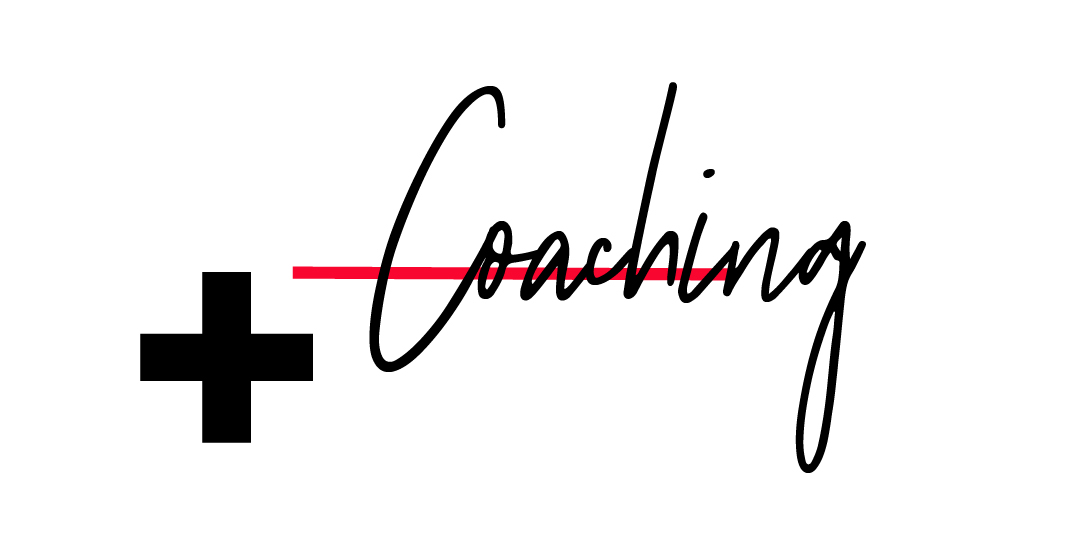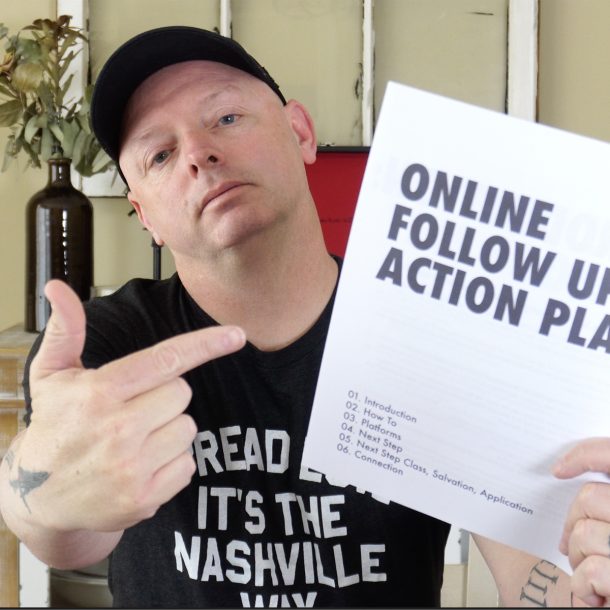Great artists and creative people understand the power of the “creative instinct” – that sick, gnawing feeling we have when we know something is very right or very wrong. The only way to develop our instincts is to continue to trust them, regardless of outcome and refusing to compromise when we know we are right.
This is a dangerous position.
We risk failure. We risk a loss of equity. We risk embarrassment.
But if we don’t follow our instinct and stand up for our what we know, what we feel, what will prove itself to be right, that’s a worse failure than compromising. Never taking a risk emasculates our art.
Author Jeffrey Hayzlett says: “A good litmus test for the value of your idea, no matter how big or small it may be: it cannot compromise your principles of who or what you are, even if it violates the procedures you have in place.”
That’s the key. Never compromise your principles while following your instincts.
Mission and art. Creativity and purpose. Principles and risk. All necessary for creative impact.
Your instincts matter. Don’t compromise great art, art that will have an impact, because of fear. You are creative and your organization needs your instincts if it’s going to grow and innovate. Allow your mission and principles to be your guide as you create art that will scare and be uncomfortable for others.




I appreciate these words, Stephen. But there is a problem, or at least a tension, at work here. Most organisations’ principles include teamwork in some form. The artistic or creative leader is not given the role or the freedom to be the singular representative voice. Within community, that’s entirely appropriate.
When we call that compromise, it sounds second-best. If instead we start to think about that as collaboration, it becomes life-injected. Vital, vibrant collaboration requires trust and mutual support, which is hard work. But without it, art that is scary or uncomfortable will simply expose the isolated artist to whatever fallout may occur. If it’s from a team, then the whole team has shaped the message, thought through how it will be perceived, and bears shared responsibility for its presentation.
Creative people are not just puppets in this process, but neither are they the puppeteers. We are each responsible for the instincts we have and for expressing them, but it is necessary for each of us to have them shaped by those around us. We are members of one body, and cannot forsake others, even while we assert that we should not be forsaken. That’s the tension we enter as individuals in a community.